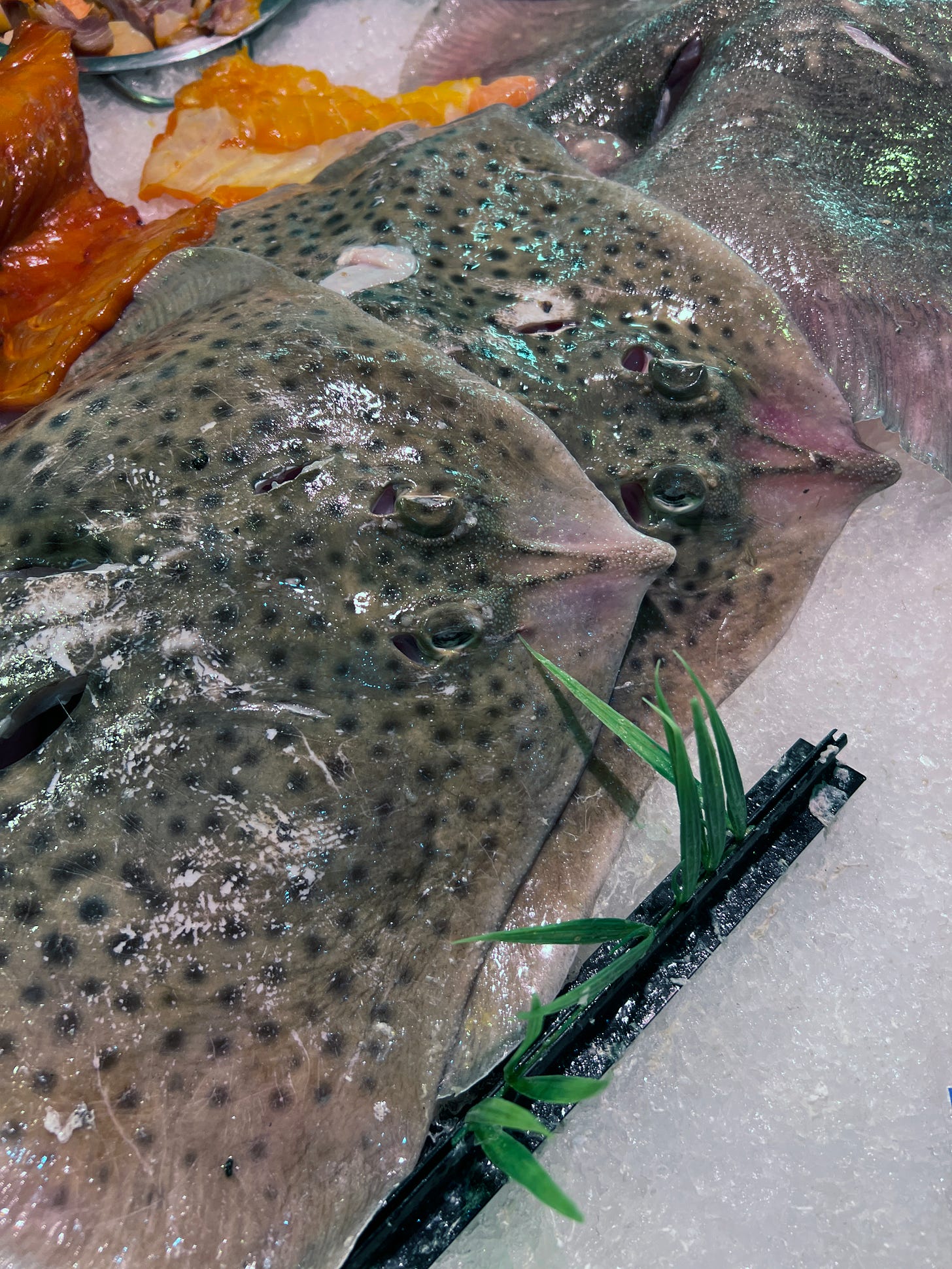The English Market
How to make the most of Cork’s famous tourist attraction
When Queen Elizabeth visited Cork’s English Market in 2011, one image of the visit ricocheted around the world.
Elizabeth was pictured guffawing as the Market’s legendary fishmonger, Pat O’Connell, held up a monstrous monkfish in front of her, and cracked a joke. (The joke? “It’s a monkfish, ma’am. The ugliest fish in the sea. It’s known as the Mother-i…



